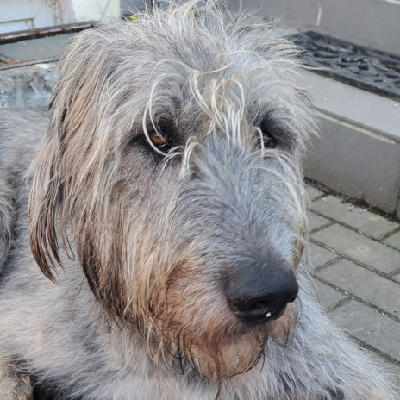

I have a similar issue but in my case between KDE and Gnome. KDE is much cleaner by display the fonts as Gnome. But I prefer using Gnome, because of the cluttered interface of most KDE applications.


I have a similar issue but in my case between KDE and Gnome. KDE is much cleaner by display the fonts as Gnome. But I prefer using Gnome, because of the cluttered interface of most KDE applications.
This is for what I have created a Extension called “SyncMarks”. It’s available for Firefox from AMO. The same exist for all Chromium based browser, including Chromium, Chrome, Edge and a lot more. For Edge its available in the Microsoft Edge Store, all others can sideload the extension. The extension is cross-browser compatible, so that you can sync bookmarks between Firefox and Chromium. As a backend for best results, you can use the PHP based backend for selhosting or any WebDAV as a alternative (not all functions available). Installation of the backend is super easy. You can find everything at Codeberg.
BTW. The PHP backend works as WebApp, so that you can access the bookmarks also, when the extension is not installed, from any browser.
Small update to my list: Boost has no ‘Mark as read on scroll’ feature, only some people reqeusting this. But it seems its not planned as of yet. So i tend to keep Infinity.
Currently im using mostly Eternity and hope that some bugs get sorted out sooner or later. But Boost would be good next candidate, if ‘Mark as read on scroll’ is supported. Arch f not, the next best alternative is Jerboa.
Darktable? It’s a RAW developer and photo managing software on Linux, Windows and Mac, a little bit like Adobe Lightroom, but OpenSource. If GPS coordinates are in the RAW, sidecar or jpg files, the photos can be displayed in the map module. Much better, if you have a GPX file and no GPS data embedded, you can assign the photos to the GPX route, as long the timestamp of DateTimeOriginal in Exif is accurate. If the timestamp differs, you can specify the difference.
Maybe Digikam can do the same. But I don’t like the KDE framework which is used there. Digikam is available for Linux and Windows (yes, I know it’s strange).